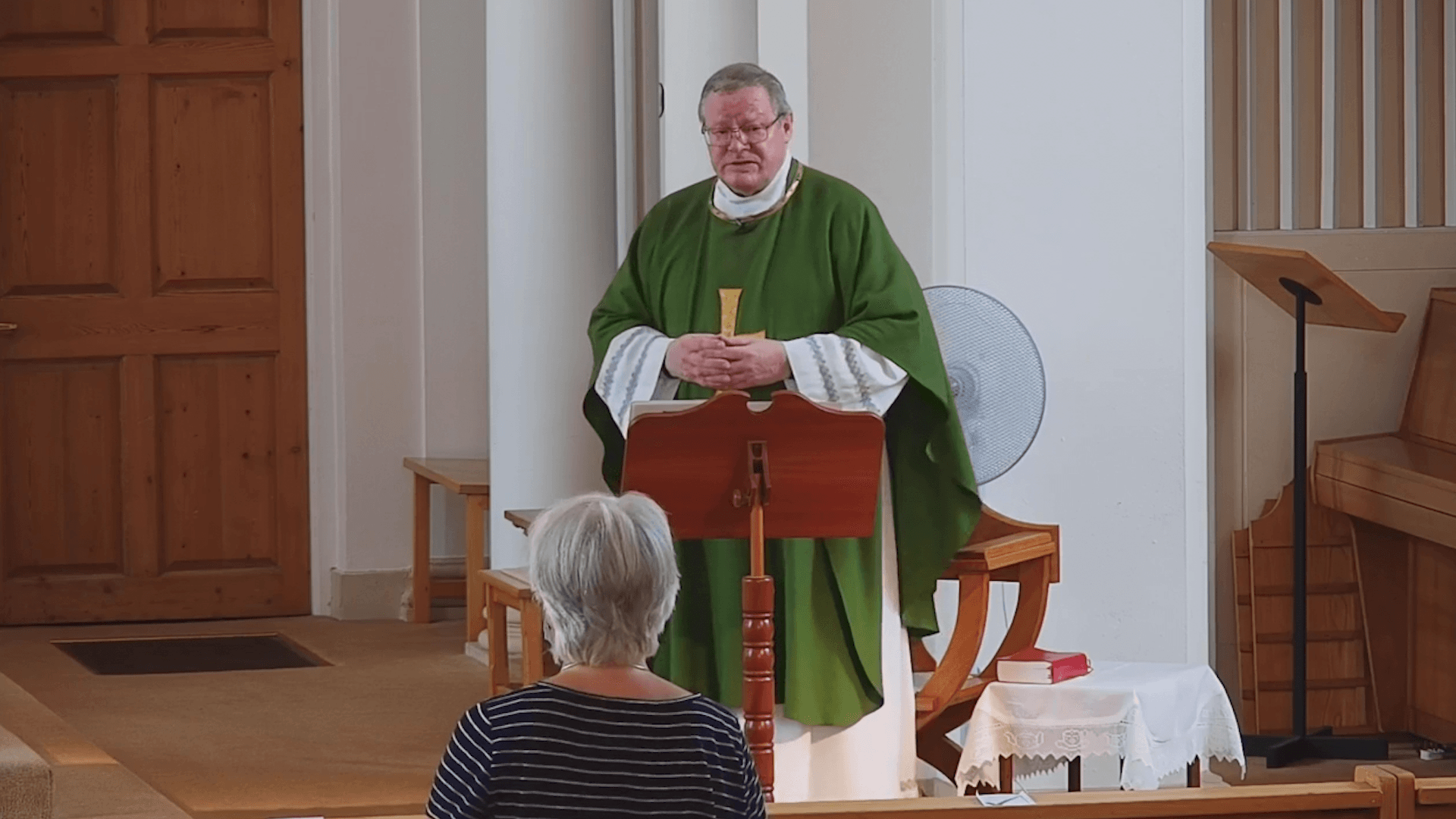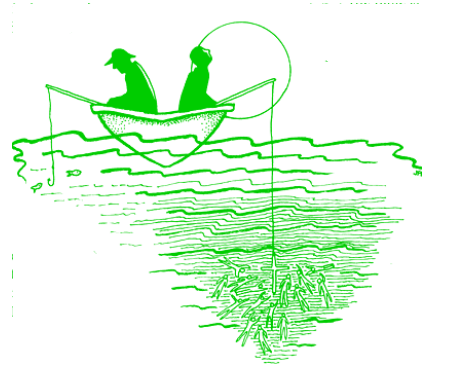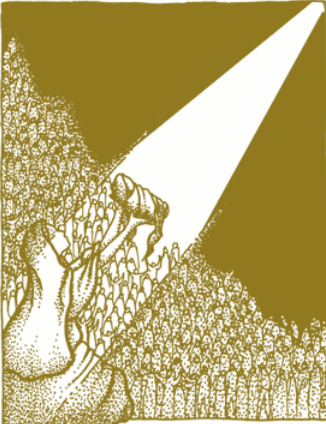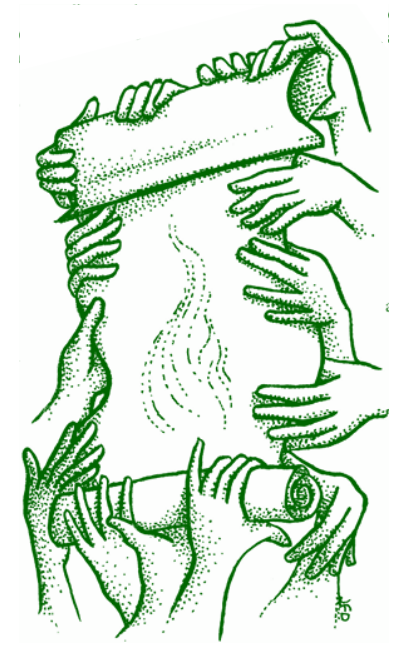










Often this story of Martha and Mary is interpreted as Jesus’ teaching that the life of contemplation is more important than a life of action, or at least that we must balance action with contemplation. What if instead it is a story showing Jesus’ acceptance of a woman as an apostle?
The gospels give us several stories of Martha and Mary and their brother Lazarus. Interestingly, Mary and Martha are always mentioned first, and their brother is mentioned in relationship to them, not the other way around. Martha and Mary are identified as “from Bethany” not identified by a husband or a father. The two women seem to be the homeowners in the story, not their brother or another male relative. All these things are noteworthy because they lived in a strictly patriarchal culture, yet they are distinguished for their individual identities, not for their relationship to men. They have agency on their own.
In their culture, it was common for Jewish rabbis to gather disciples around them for training so that they could then go out to continue the rabbis’ work. Rabbis would sit with their disciples at their feet, teaching them their lessons. That is the case here. Luke paints a picture of Mary in the role of a fully included disciple - and Jesus has no problem with that! Martha does, however. She wants Mary to come back to the traditional role of a woman in that time - serving men. Jesus, in the other hand, doesn’t ask her to do that. He accepts her fully in the role of student and follower, just as one of the twelve male apostles.
Questions of the Week
*What do you make of this interpretation - that Jesus is affirming the equal role of women and men in discipleship?
*Are there roles in the church that you would be uncomfortable seeing women in and might find yourself protesting like Martha to Jesus. Why?









